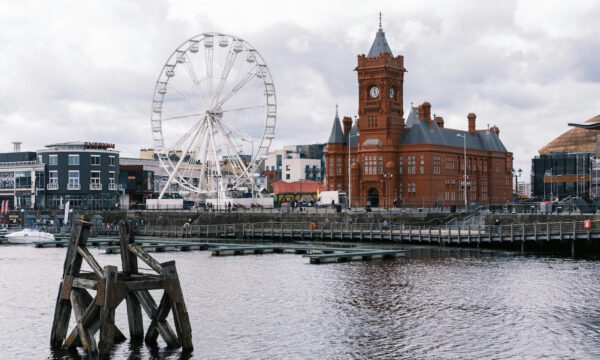Coworking spaces and the rise of the working gap year

It’s no secret that coworking spaces have gained great popularity in the past few years due to tech advancements and the newfound ease of working remotely and using the cloud. Companies are engaging with this new found flexibility by giving their employees more freedom and by capitalising on the growing trend.
Remote Year have sent their first 75 participants on a year of travelling and working on the 1st of June. Others are using similar models to create working holidays and networking opportunities. But is this a trend that will continue to grow with the rise of coworking spaces and autonomous work?
The influx in coworking spaces
In the UK we have seen companies like Regus becoming a huge entity in the serviced office market, providing flexible working space for individuals and businesses. Alongside this, there has been a wave of coffee shop inspired working spaces in the trendy parts of town.
Deloitte Real Estate took a survey that showed a growth of 67% of serviced offices in London in the last decade, but the trend of flexible work spaces is a worldwide phenomenon. WeWork has seen huge growth in the USA and is now valued at around $5 billion whilst Berlin is being hailed as the coworking capital of Europe.
Opportunity to work remotely
In theory, the idea of being able to travel the world whilst retaining one’s job and wage sounds too good to be true. And as you might expect, it does have its drawbacks. For one, many businesses simply wouldn’t allow their employees to do this. Yet there are some that are keen to embrace this new way of working.
Automattic, the makers of WordPress, operate their business 100% remotely. Other businesses or individuals involved in digital marketing or design will find this kind of work much more accessible than someone working in medicine. In fact, Hackers Paradise is designed entirely for those in the digital world like designers to take working holidays, making the most of this industry’s penchant for working remotely.
It is not the cheapest of work adventures, however. To take part in you will be paying $27,000 for accommodation and travel with expenses on top of that.
Working in a new world
Tech and digital growth in the last decade have allowed a new autonomous way of working, building up a huge demand for spaces that reflect this flexibility. Now that these spaces have become popular globally it is a feasible option to go travelling and retain one’s job.
Sites like Nomad List are popping up to help people live out such trips, rating cities by how easy they are to work from, listing the average WiFi connection and cost of living in individual cities.
The demand is very real. Even if you don’t have $27,000 + to be able to take a trip as expansive as those provided by Remote Year, there are other options that allow you to meet people in your industry like Hacker’s Paradise.
Alternatively, you can always plan your own and tailor the trip very much to your industry – now it is a case of weighing up how productive you can be on a beach in Koh Tao or a coworking space in Berlin.
The editorial unit























Facebook
Twitter
Instagram
YouTube
RSS